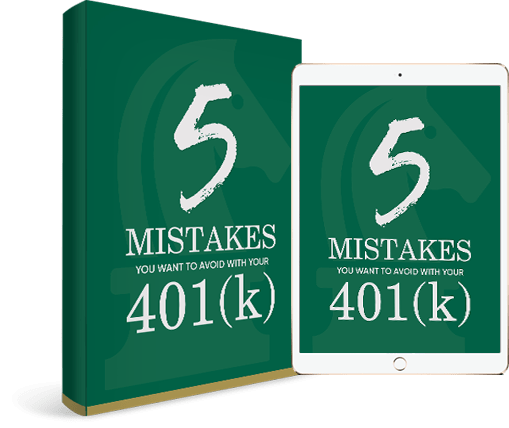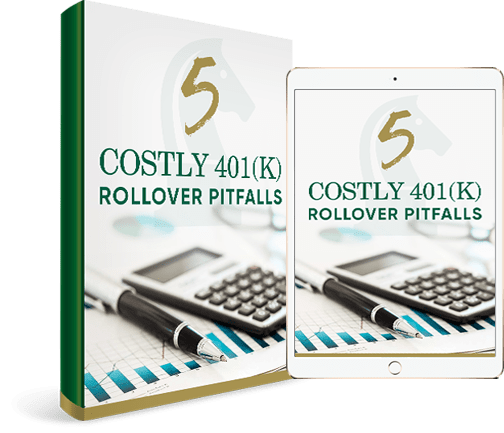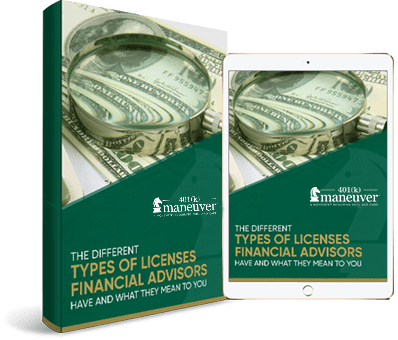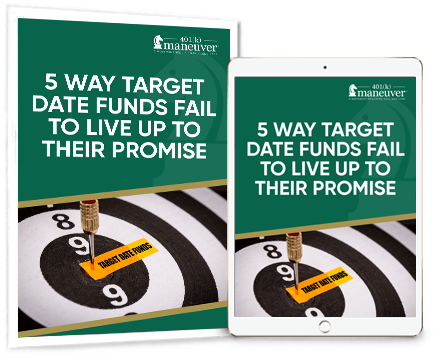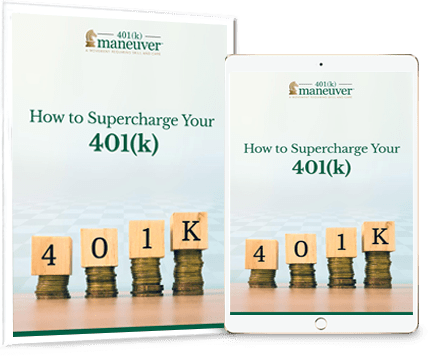
SECURE Act 2.0: How It Affects Your Retirement Savings
The SECURE 2.0 Act, which was signed into law December 29, 2022, introduces major changes to the retirement system and how you save for retirement.
The Setting Every Community Up for Retirement Enhancement (SECURE) Act 2.0 builds on the SECURE Act of 2019. Both aimed to help strengthen Americans retirement savings and make saving accessible to more people.
Keep reading to find out the key provisions in the bill and how it may affect your retirement future.
Automatic 401(k) Enrollment

Auto enrollment into workplace plans like 401(k)s will become a requirement starting in 2025. Employers are required to automatically enroll their employees into at least a 3% savings rate and as high as a 10% rate. This is for new plans only, and employees will have the option to opt out.
Automatic Portability Services

Plan sponsors will now be able to automatically transfer low balance 401(k) accounts to new employers on your behalf instead of closing the account and mailing you a check.
Company Match Can Go into Roth Accounts

Employers can opt to pay matching contributions to Roth accounts inside workplace plans.
Catch-up Contributions to 401(k)s

The SECURE Act 2.0 increases the catch-up contribution limit – making it easier to save even more. For employees ages 60 to 63 who want to contribute more, they are now able to contribute $10,000 or 150% of the standard catch-up amount for 2024. These amounts will be adjusted annually based on the cost of living starting in 2026.
Also, under the new law, catch-up contributions to 401(k) plans must be designated Roth contributions if the employee’s compensation from that employer was more than $145,000. This provision takes effect in 2024.
Matching Student Loan Debt

Starting in 2024, employers can add matching student loan payments to workplace retirement accounts.
401(k) Withdrawals without Penalty

Employers can now allow withdrawals up to $1,000 for emergencies without the normal 10% penalty. Individuals have the option to put the money back into their accounts within 3 years.
Expanded Coverage for Part-Time Workers

Part-time workers now only have to work 2 years until they are eligible to participate in employer-sponsored retirement plans. This becomes effective for plan years beginning after December 31, 2024.
Emergency Account Savings

Employers can allow employees the ability to automatically set aside up to $2,500 of after-tax money into a savings account for emergencies.
Changes to Required Minimum Distributions (RMDs)

With the passing of SECURE Act 2.0, RMD changes are phased in over the next 10 years.
Here’s the breakdown of when you need to take RMDs:
Phase #1: RMDs will now start at age 73, starting in 2023. If you have already started RMDs, this will not change for you.
If you turn 72 in 2023, you can take your first RMD by December 31, 2024, or you could delay it to April 1, 2025. If you delay until April, you will need to take two RMDs in 2025. One for 2024, and one for 2025.
Phase #2: Starting in 2033, the RMDs move up to age 75.
Also included in the bill are massive changes to the original 50% penalty for not taking Required Minimum Distributions on time:
- The hefty 50% penalty for not taking RMDs will drop to 25% in 2023.
- The penalty drops to 10% if you take the required amount by the end of the second year that it was due.
- The penalty could be waived completely if you didn’t take the RMD due to an unforeseen event (like illness), but then withdrew it as soon as you could. You would have to ask the IRS for a penalty waiver.
Roth accounts in workplace plans will be exempt from RMDs starting in 2024.
How Does the SECURE Act 2.0 Change Your Retirement?

There’s a lot in this bill, and it’s important to know that not all of these changes may affect you.
We encourage you to reach out to a third-party expert who can advise you on how this new law specifically affects you and what changes may need to be made to your retirement strategy.
Before you reach out, please note that the type of advice you receive about your finances may be impacted by the type of advisor you resource for advice.




